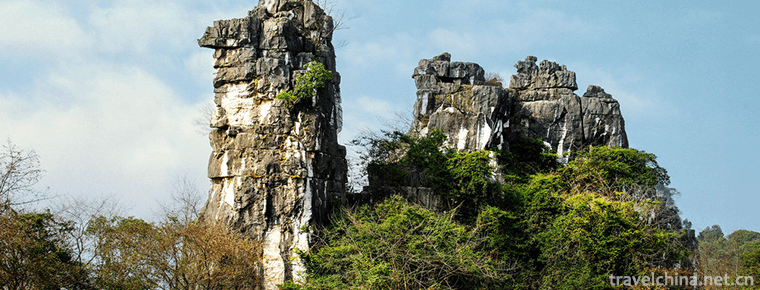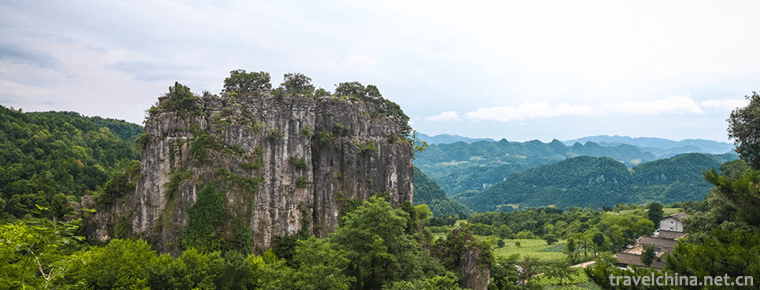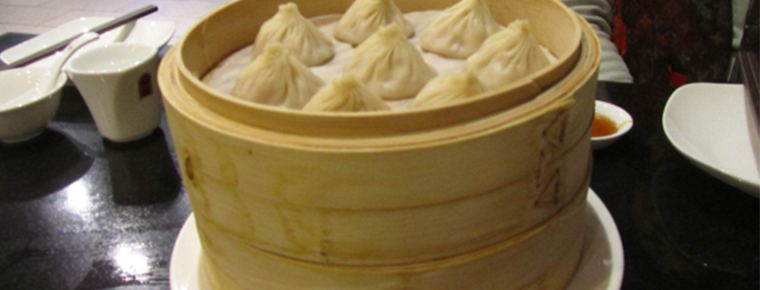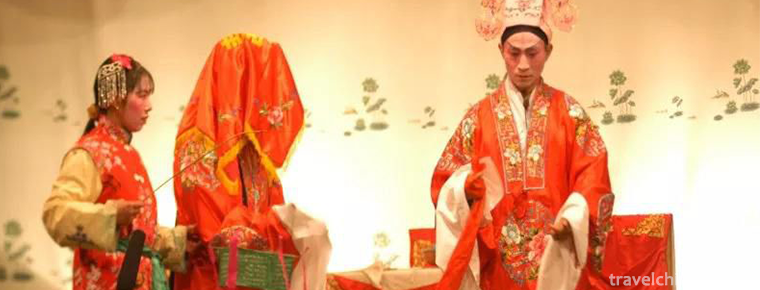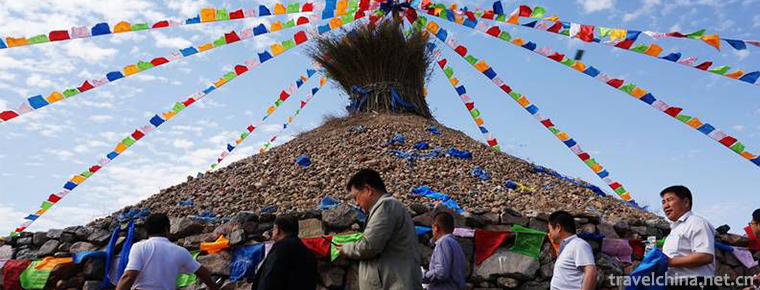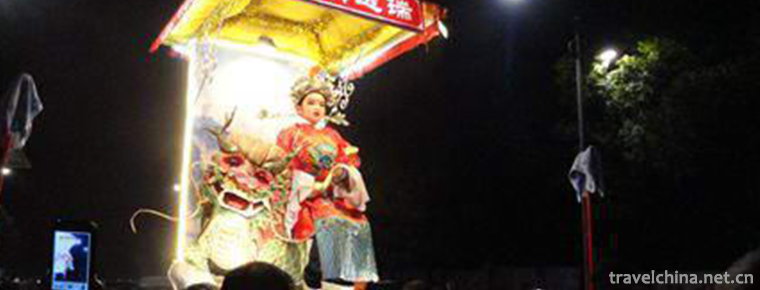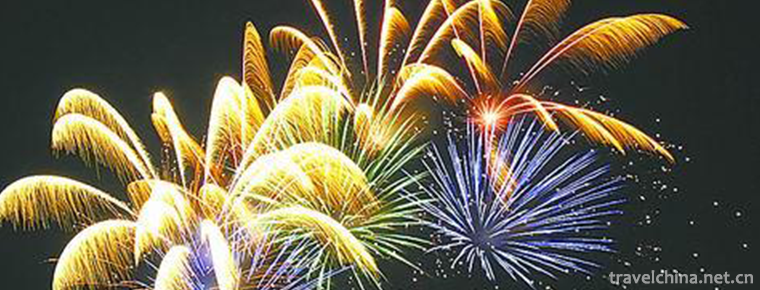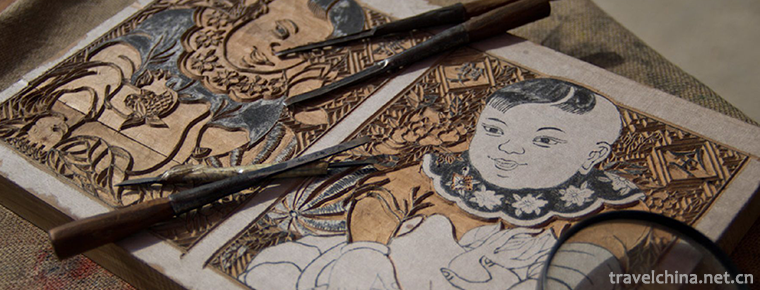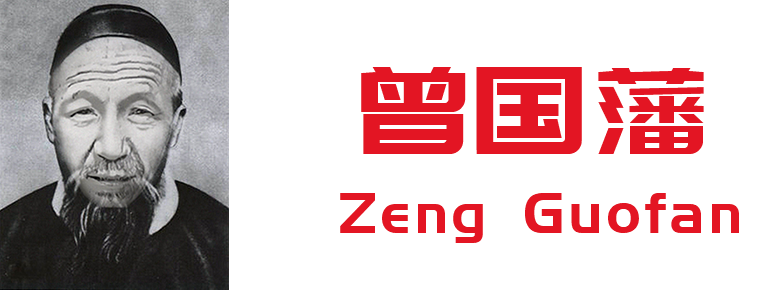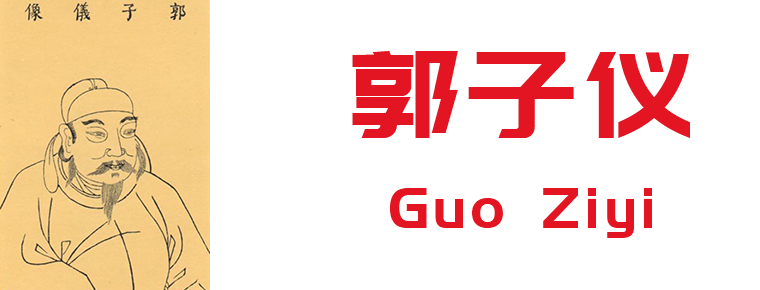Meishan water resources
Meishan water resources
There are 27887 water conservancy projects in Meishan City; there are 15 rivers with a drainage area of more than 100 square kilometers. Among them, Minjiang River flows through Pengshan, Meishan and Qingshen counties from north to south, with an internal flow length of 99.26 km; Qingyi River flows from Ya'an to Jiajiang County of Leshan City through Hongya County of the whole city, with an internal flow length of 58.82 km; the aquaculture area of the whole area is 148000 mu, and the annual aquatic product output reaches 310.5 million tons 。 The theoretical reserves of water energy resources in the city are 1.3 million kilowatts, which can be developed 1.3 million kilowatts, and the annual power generation capacity is about 3.13 billion kilowatt hours. The total amount of water resources in the whole year is 6.53 billion cubic meters, and the water area is 658 square kilometers. By the end of the year, there were 296 reservoirs in total, and 174 dangerous reservoirs were regulated throughout the year. The total investment in water conservancy construction was 1.257 billion yuan.

Meishan water resources
-
Seven Stars Scenic Spot
Seven Stars Scenic Spot/Qixing Scenic Spot is located on the East Bank of Lijiang River in Guilin City, along Xiaodong River, a tributary of Lijiang River, 1.5 kilometers away from the city center.
Views: 127 Time 2018-12-17 -
Zengjiashan Scenic Area
Zengjiashan Scenic Spot is located in Chaotian District of Guangyuan City, south foot of Qinba and the combination of Sichuan and Shaanxi. It covers 6 townships and townships with 70,000 people
Views: 150 Time 2019-01-04 -
Traditional pasta making techniques
Traditional pasta making technology was listed in the second batch of national intangible cultural heritage list in 2008.
Views: 117 Time 2019-04-20 -
Guangchang Meng Opera
Guangchang Mengxi Opera, a traditional local drama popular in Guangchang County, Jiangxi Province, is one of the national intangible cultural heritage.
Views: 130 Time 2019-05-01 -
Sacrifice Aobao
Aobao sacrifice is a traditional custom of Mongolian people, and one of the manifestations of prairie people's natural worship. Xilinguole League is a relatively complete
Views: 178 Time 2019-05-05 -
Raise the Pavilion
Lifting the pavilion, also known as the pavilion, is a unique traditional folk dance that integrates historical stories, myths and legends, and integrates painting, opera, tie-up, paper sculpture, acr
Views: 159 Time 2019-06-18 -
Craftsmanship of Fireworks and Firecrackers
China is the first country to invent gunpowder in the world. Fireworks and firecrackers made of gunpowder also have a long history and enjoy a high reputation in the world. The record of firecrackers
Views: 149 Time 2019-07-10 -
Yang Liu Qingmu New Year Print
Yangliuqing Wood Printing New Year Picture, Tianjin folk traditional art, one of the national intangible cultural heritage.
Views: 236 Time 2019-07-11 -
Zeng Guofan
Zeng Guofan (November 26, 1811 - March 12, 1872) was born in Zicheng. Zeng Zi The seventy generation sun. Modern Chinese statesman, strategist, rationalist and writer, founder and commander of Xiang a
Views: 190 Time 2019-09-07 -
Guo Ziyi
Guo Ziyi (697 - 781 years), Zi Zi Yi, Iowa Zheng county (now Shaanxi) Weinan city Hua Zhou District ) People. The famous Tang Dynasty Politician , Militarist
Views: 266 Time 2019-09-07 -
Collection value of Chinese embroidery
Mr. Chen, a fan of antique collection, bought a silk embroidery at Fuzhou flea market for more than 10000 yuan 19 years ago, which is worth at least 300000 yuan by 2008. This embroidery, about 1.8 meters long, has a dark red background, with butterfly
Views: 362 Time 2020-12-12 -
Environmental protection in Mianyang
In 2018, the water quality of Fujiang, Kaijiang, Zijiang, Anchang River, Furong River, Tongkou River and Luban reservoir in Mianyang City accounted for 100% of the total water quality. Among them, Fujiang River, Tongkou River, Zijiang River and Anchang
Views: 357 Time 2020-12-14
